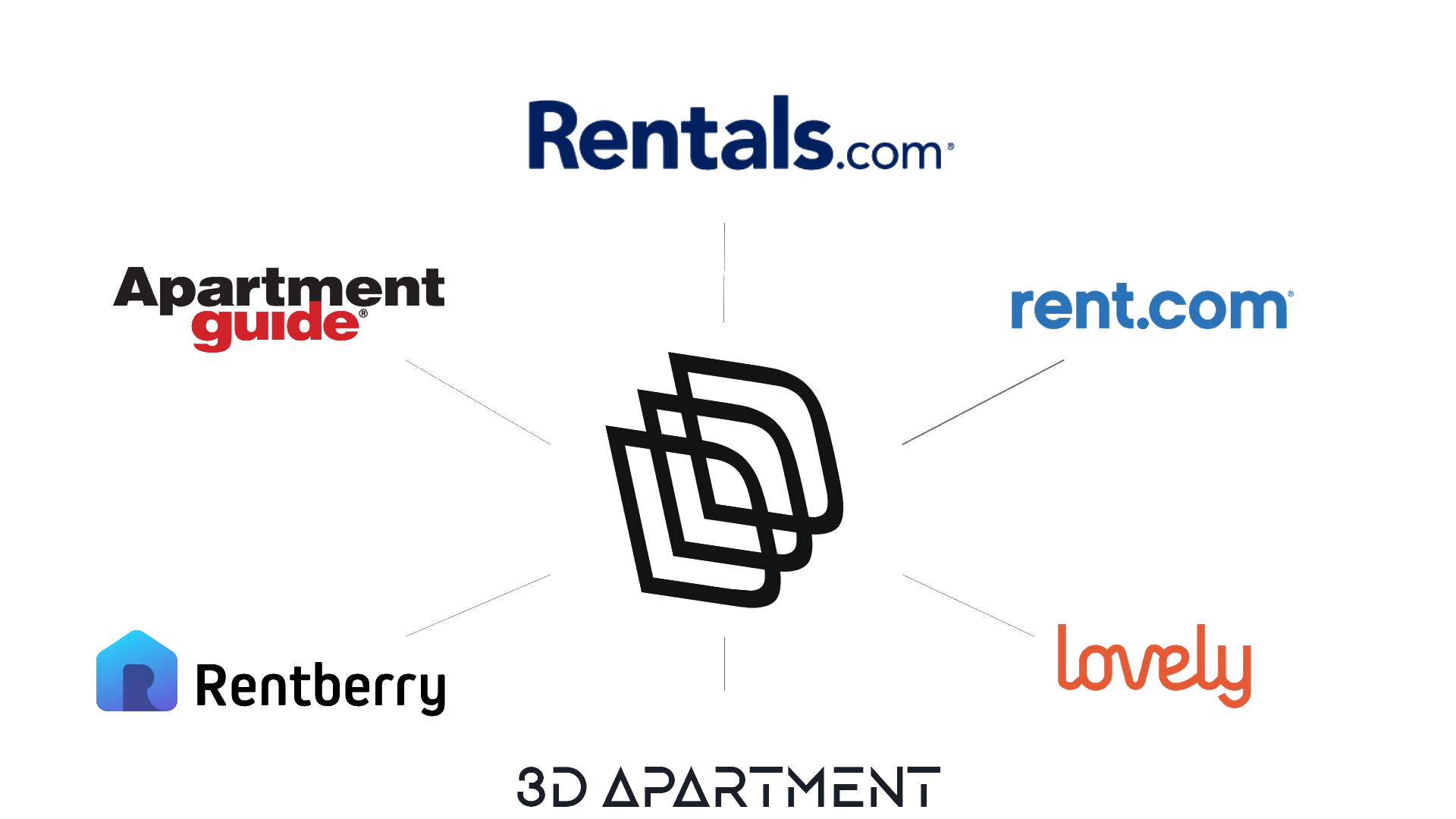Gearing Up for 2024’s Housing Market: Key Predictions for Agents

Housing outlooks for 2024 offer crucial insights for real estate agents planning for the upcoming year. While conveying measured optimism about stabilizing indicators, our experts and external voices underscore the enduring affordability challenges and the impact of real estate markets on shaping intricate regional dynamics. This analysis distills pivotal information to guide agents in formulating effective strategies for navigating evolving market conditions.
Moderating Growth, Inflation Signals Market Cooling
The economists concur GDP growth likely moderates further in 2024 without retreating into contractionary territory. Continued inflation alleviation enables less aggressive Fed tightening, in turn allowing short and long-term rates plus consumer costs to plateau then gradually descend.
Easing rates may temper housing activity as current owners delay previously urgent listings. However, improving affordability alongside increasing paychecks, financial wealth and robust employment should uphold respectable consumer strength barring unexpected shocks.
Still, sentiment skews negative, partly around sticker shock against newly elevated living costs. Pockets unable to capitalize on wealth effects like first-time buyers also propagate pessimism.
Affordability Constraints Cap Price Appreciation
2023’s cumulative mortgage rate ascent massively eroded affordability, severely hindering transactions. As rising inventory meets slowing demand in 2024, conditions improve for buyers without drastic near-term price relief.
Both experts envision inflation-matching appreciation at best in 2024, with flat or even nominal declines in lower-cost areas as rates tick down. This expands options without hyper-competition for budget-conscious entrants.
Sellers must retrain paradigms around rate reversions when pricing, ensuring alignments with area affordability ceilings. Those overpositioned likely require strategy reconfigurations, either through concessions or interim delistings awaiting friendlier settings.
Investor Risks: regional Supply-Demand Imbalances
For investment buyers, localized risk monitoring proves critical given divergent conditions across recent hotspots. Sunbelt/Mountain West standouts like Austin and Boise where abundant pandemic construction outpaced cooling inflows today face heavy price corrections as vacant inventory floods the market.
In contrast, lagging regions like midwestern and northeastern metro with earlier affordability now enjoy tailwinds. However, even stable targets require vigilance around new development, with spikes potentially denting investor returns through added rental supply and concession wars.
Analyze occupancy rates and planning applications to gauge investment risk, while networking with area agents furnishes micro-market risk assessments based on permit volumes and new project amenities.
Best Bets: Value-Add In Intermittent Growth States
For secured risk-reward profiles, secondary metros within prominent econo-educational growth belts present attractive targets. Examples span exurban Philadelphia, inland North Carolina nodes and central Texas south of oversupplied Austin.
Focus extra attention evaluating localized household inflows against construction starts to pinpoint dynamic yet balanced markets. Smaller community banks and alternative lenders also concentrate around such zones, providing localized capital access.
Pursue value-add over new-build purchases, with market discounts enabling competitive repositioning. Seek fixer dispositions like dated inherited properties listing below replacement cost where modest upgrades and refreshed interiors generate yield boosts.
Prepare For Further Evolution
With complex interplays between distilled signals, agents must continually evaluate strategy resonance against accelerating changes. Establish automated tracking of critical indices from employment to housing statistics.
Stress test marketing against future scenarios through economic scenario planning. Maintain outreach urgency but brace operations for unexpected swings by building flexible systems and contingency capacity.
While the coming months promise continued fluidity, historical data suggests present turmoil gradually gives way to renewed stability. Patience and reliance upon expertise steers enterprises forward through upheaval toward the next peak. Trust proven foundations remain intact across market cycles even if requiring temporary augmentation reflecting new realities.
In summary, moderation remains the dominant short-term motif. Gains attained in recent years likely consolidate rather than compound for most operators as consumer caution expands. But opportunities exist nonetheless for investors and sellers cognizant around dangers of overexuberance as activity resets across regions.
Expand Listing Pipelines with Predictive Analytics
As current owners delay near-term listings, sustaining inventory volumes challenges agents. But solutions now exist for scientifically uncovering future motivated sellers based on financial and life stage data using predictive analytics.
http://PropertyPulse.AI pioneers this capability for real estate, combining machine learning against consumer patterns with market variables to reveal owners likely to list months before going public. The platform even integrates with CRMs for automated lead nurturing when discoveries are made.
This visibility assists greatly in planning around projected listing shortfalls. Target homeowners flagged by predictive models for early relationship-building so you’re positioned favorably once ready to actually list.
Exclusive Access to PropertyPulse Pro:
To ensure that its cutting-edge tools and resources are available only to the most dedicated professionals, PropertyPulse Pro offers exclusive access to certain agents. This selectivity ensures that the platform’s powerful AI assistance and big data capabilities are used to their full potential, benefiting both agents and their clients.
Additional Services
Take Your Marketing Even Further






Additional Features at no cost
Part of any package












